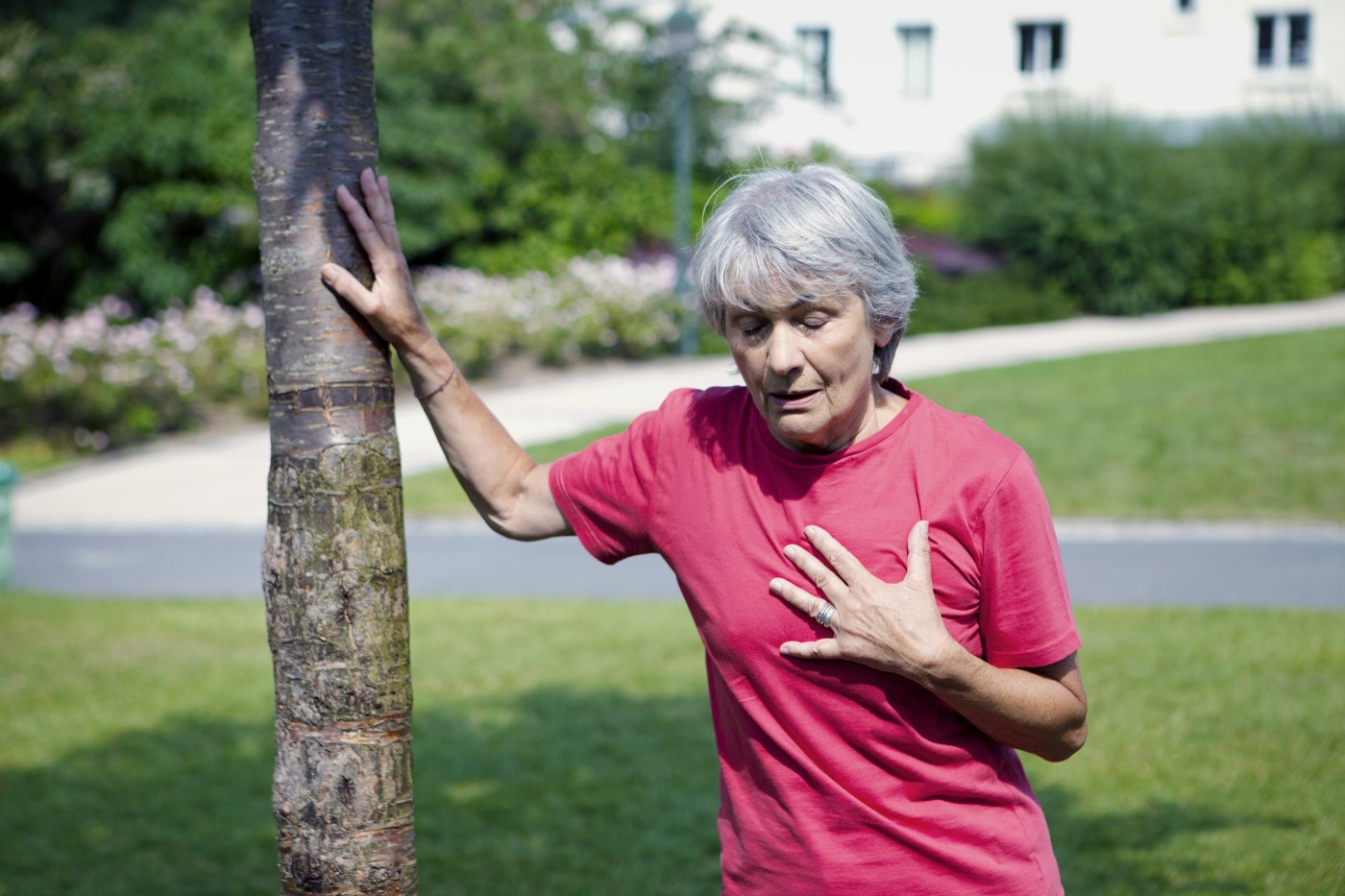Pulmonary Hypertension During Exercise Explored in New Cardio-Respiratory Hemodynamics Study

Researchers at Skåne University Hospital and Lund University in Sweden recently reported new insights into the respiratory and cardiovascular hemodynamics in heart failure patients, prior to and after heart transplant, both at rest and during exercise. The study was published in the Journal of the American Heart Association and is entitled “Hemodynamic Characteristics Including Pulmonary Hypertension at Rest and During Exercise Before and After Heart Transplantation.”
Physical activity is known to induce a significant stress on the cardiovascular system as it requires a proper oxygen and substrate delivery in order to sustain muscular activity. Both respiratory and cardiovascular systems need to adapt in exertional conditions; however, severe heart failure can impair these systems compromising adequate oxygen delivery to the active muscles, which can limit an individual’s exercise capacity and daily life activities. A clear understanding of the systemic and pulmonary hemodynamics in heart failure cases is therefore important.
The normal hemodynamic parameters at rest have been previously established; however, the hemodynamic response to exercise in heart failure patients before and after undergoing heart transplantation is poorly elucidated. This information is relevant since postoperative hemodynamics can be used as predictors of survival. In fact, pulmonary hypertension during exercise, an abnormally high blood pressure in the pulmonary arteries that supply blood to the lungs, has been suggested to be a prognostic marker of disease severity.
In the study, researchers investigated the hemodynamic response at rest and during exercise in severe heart failure patients prior and after heart transplantation. In total, 94 patients were assessed and divided into two groups according to their preoperative age: 50 and younger, or older than 50 years.
Researchers found that, different from healthy individuals, there were no age-dependent differences among patients in the preoperative hemodynamic exercise responses. After heart transplantation, the hemodynamics greatly improved both at rest and during exercise. However, the team found an exaggerated increase in mean pulmonary artery pressure and other related parameters in response to exercise one year after heart transplant, indicating an unbalanced total pulmonary vascular resistance response.
The research team concluded that in heart failure patients, age does not seem to have an impact on hemodynamic response to exercise to the same extent as in healthy individuals. In addition, the authors reported that heart transplantation significantly improved rest and exercise hemodynamics, although patients exhibit signs of pulmonary hypertension during exercise. The team suggests that further studies with larger patient cohorts should be conducted to confirm these findings and to better understand the exaggerated increase in pulmonary hypertension measures upon exercise.







